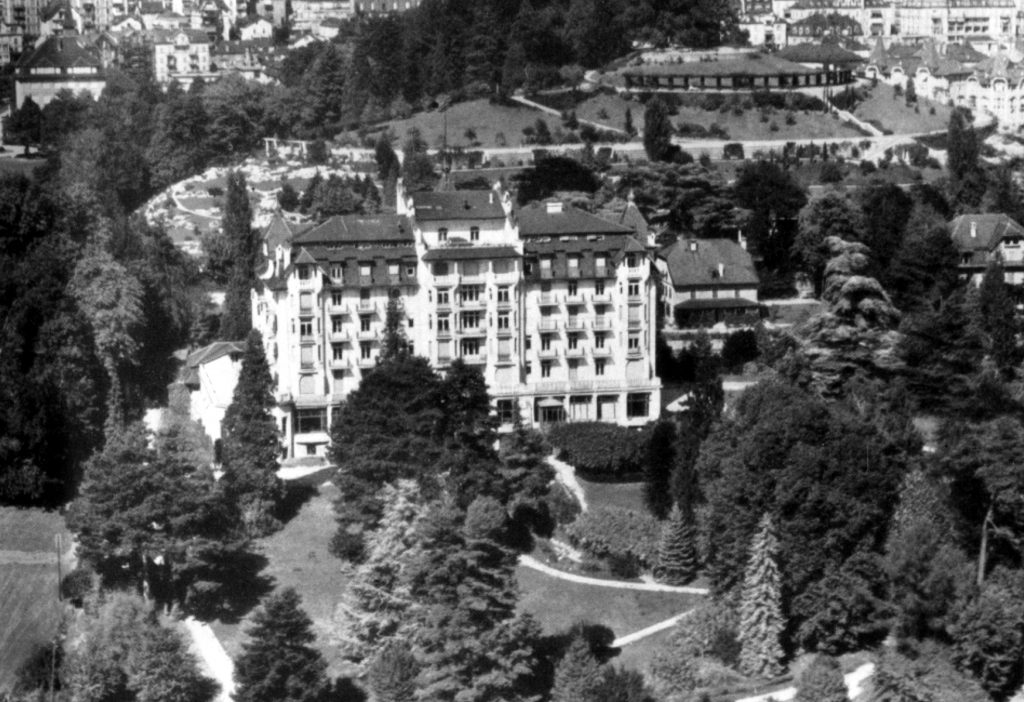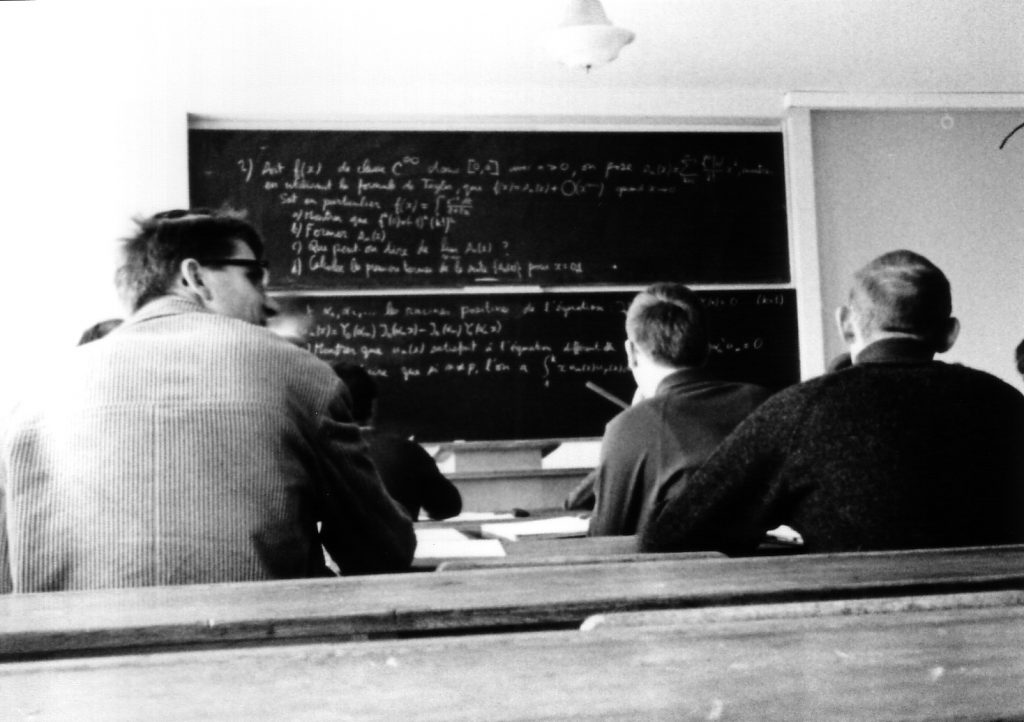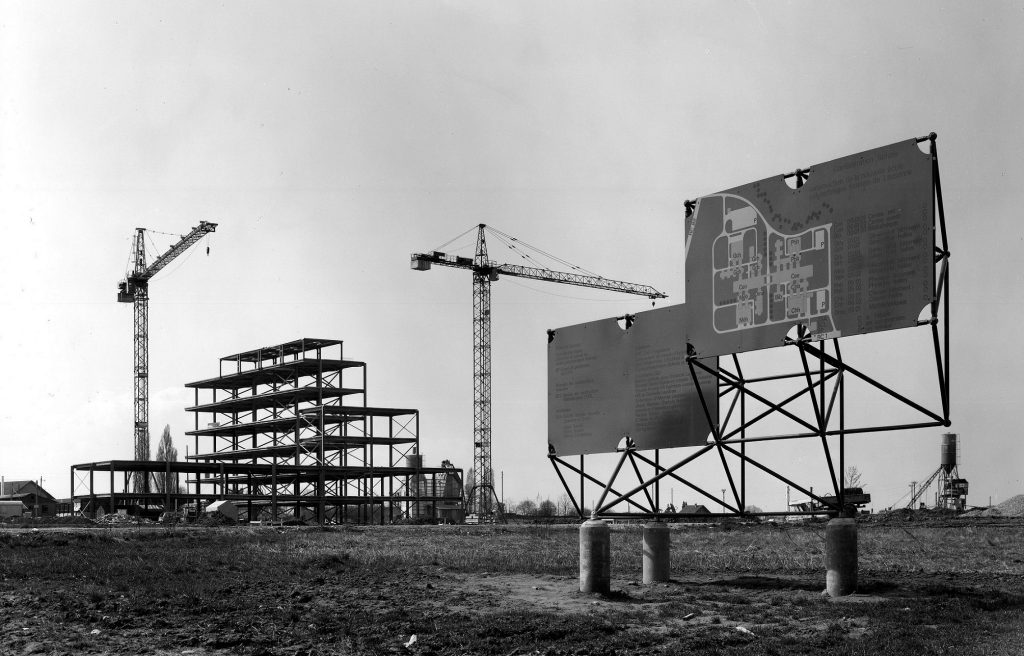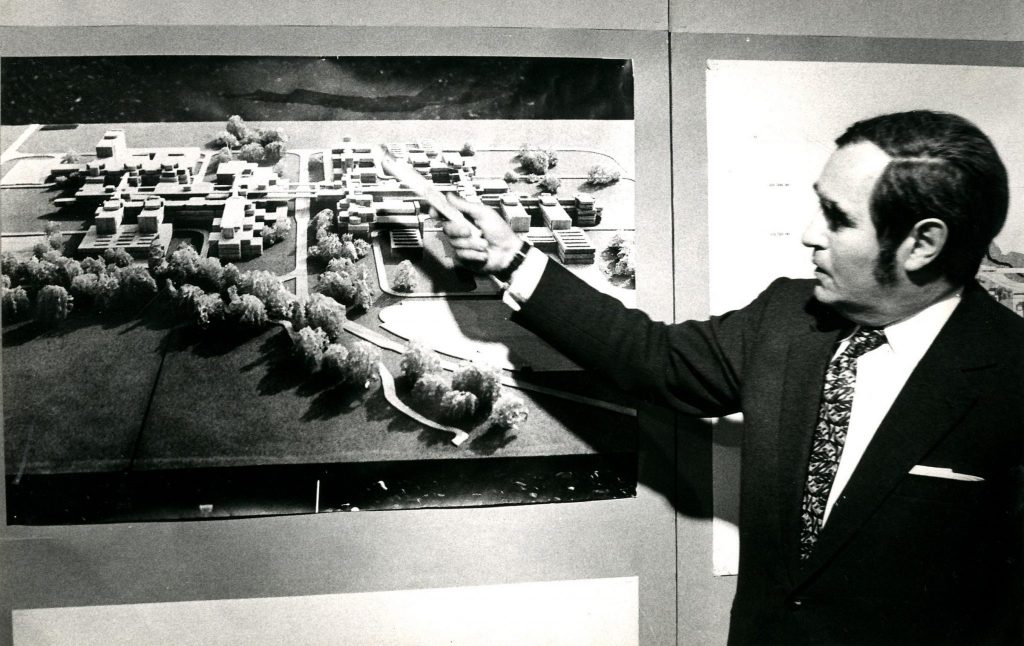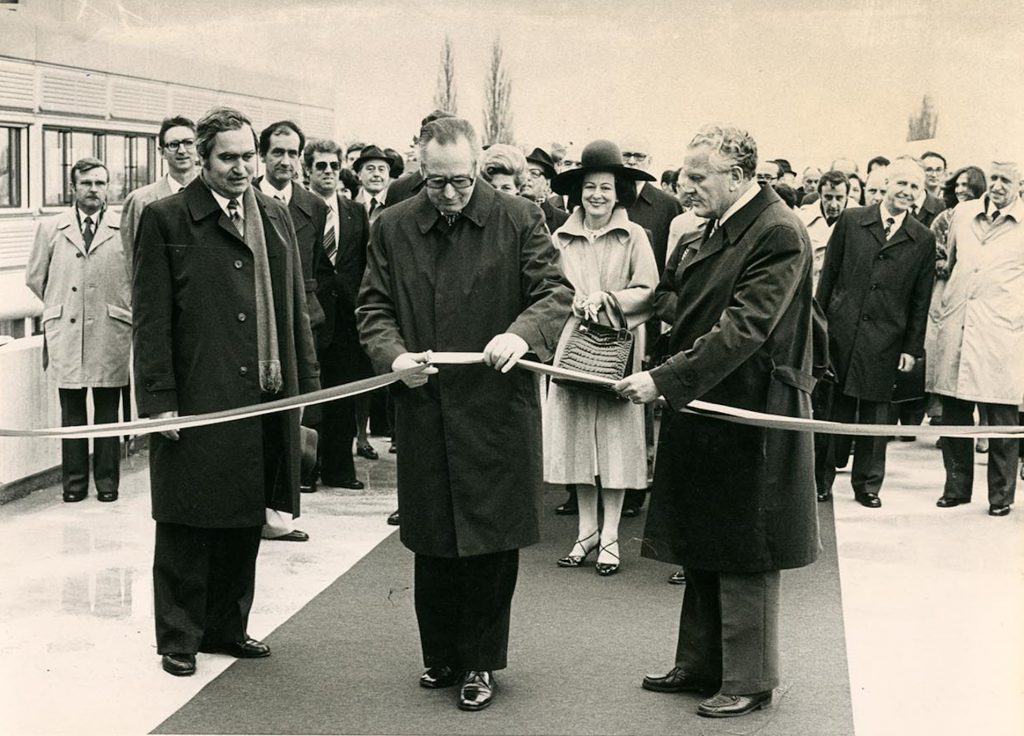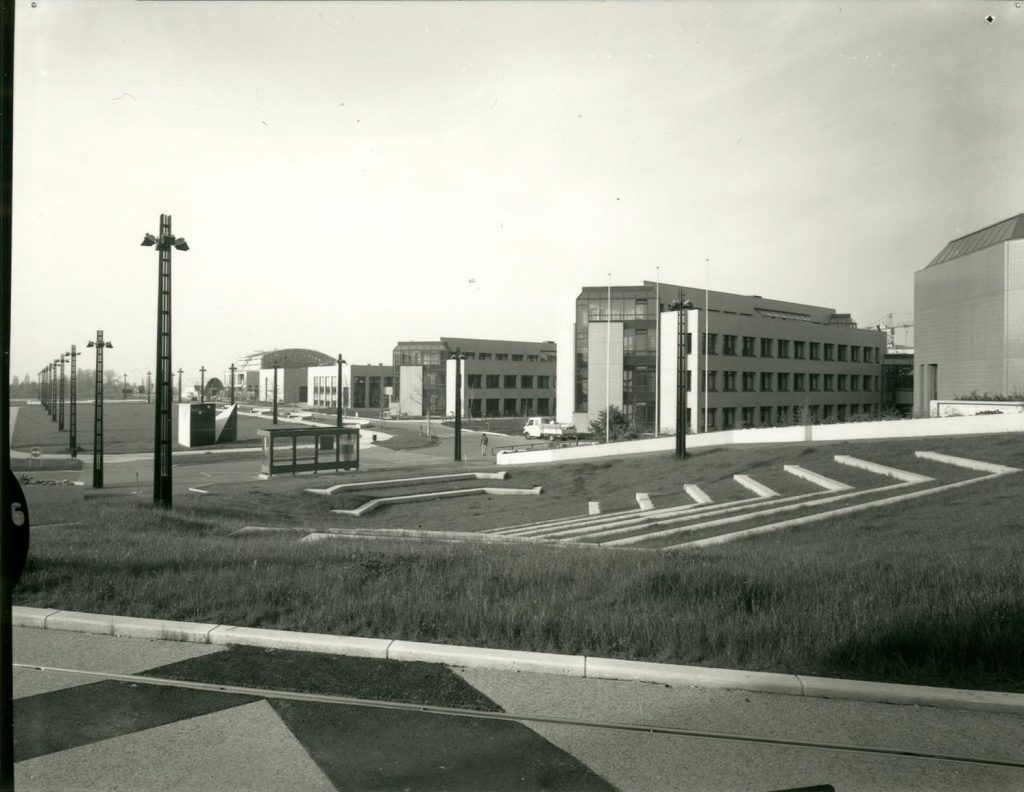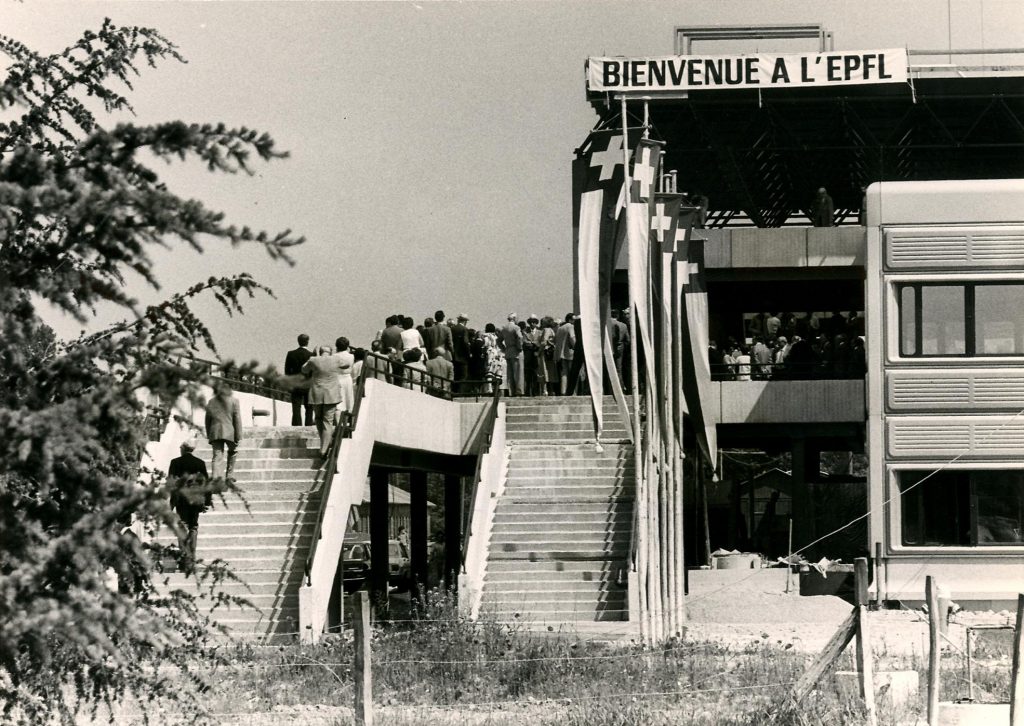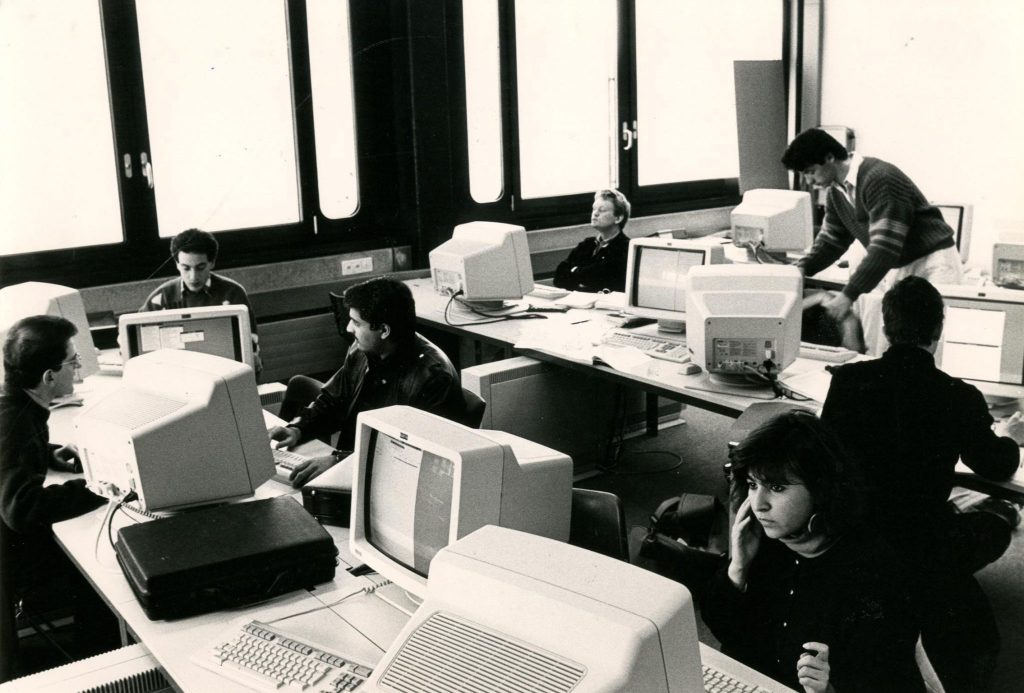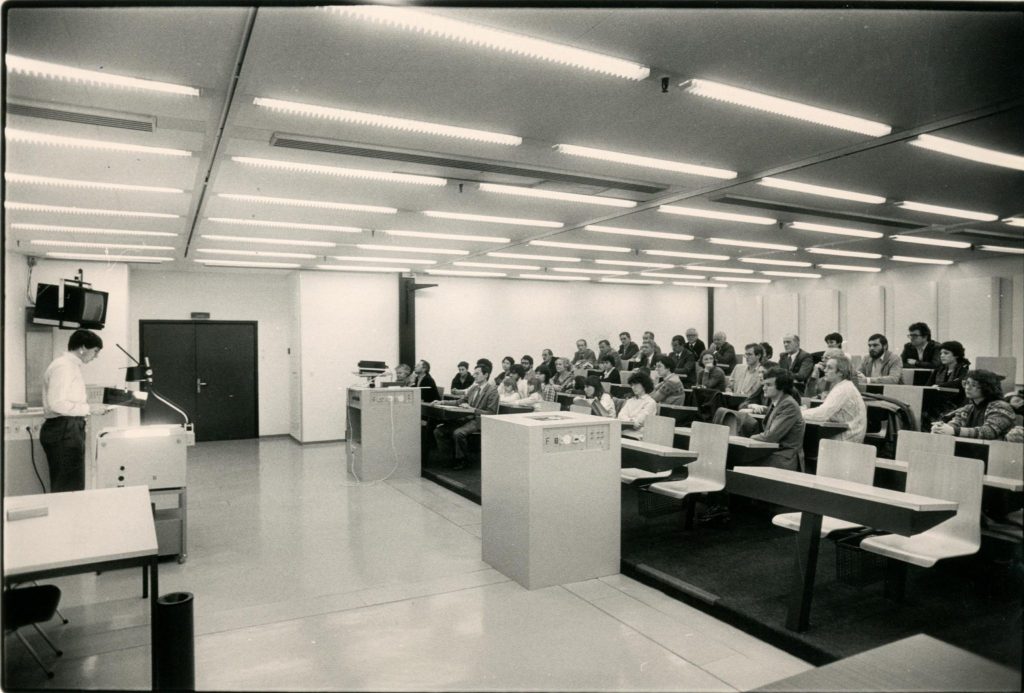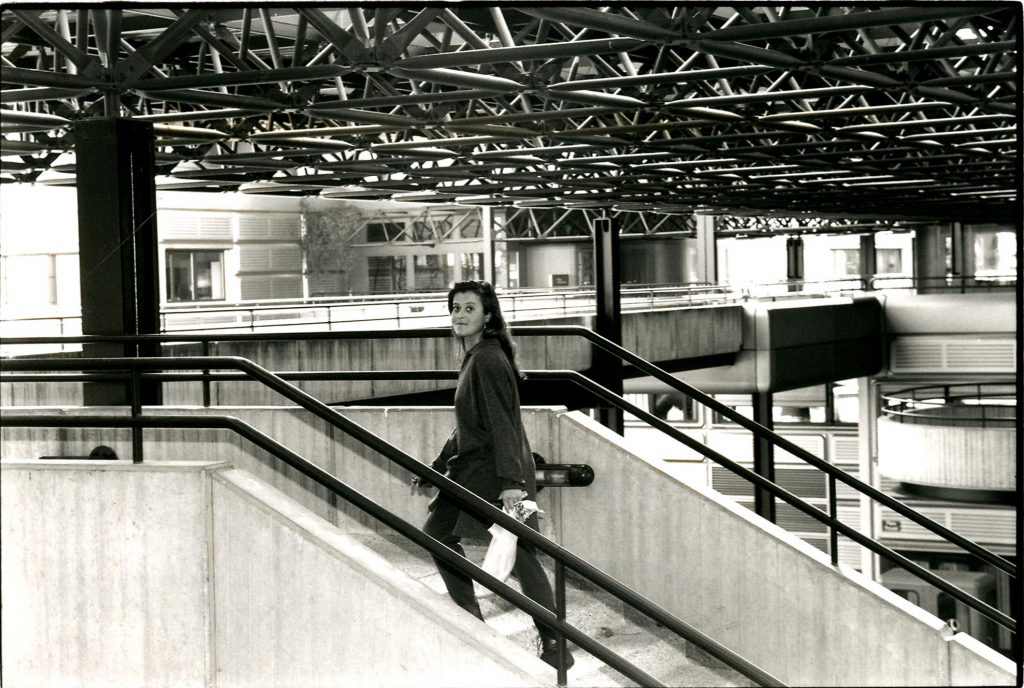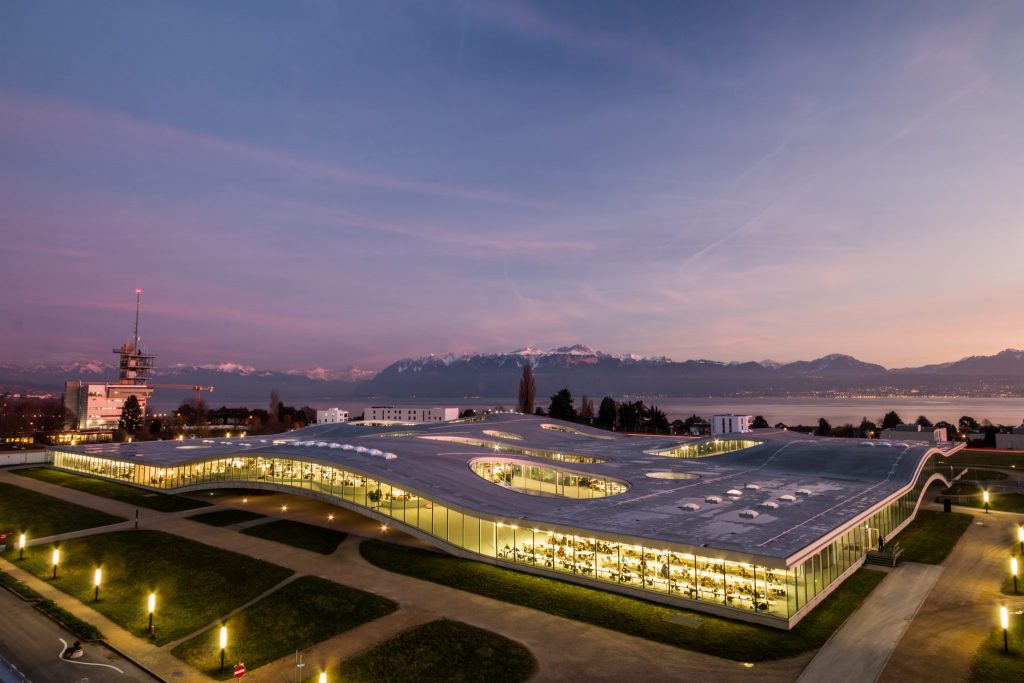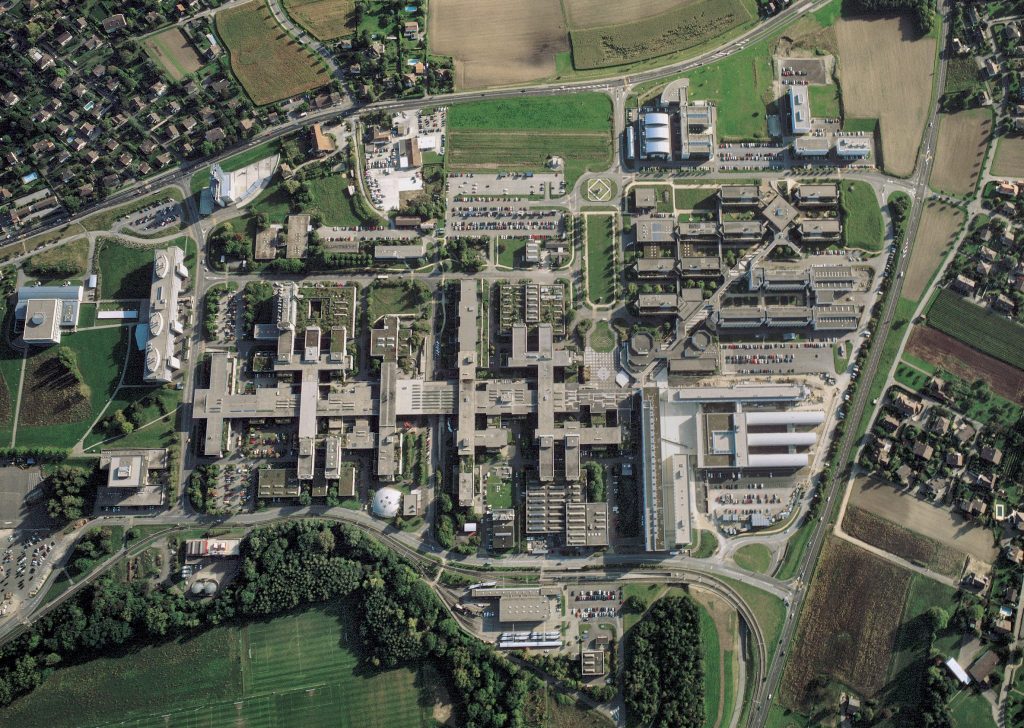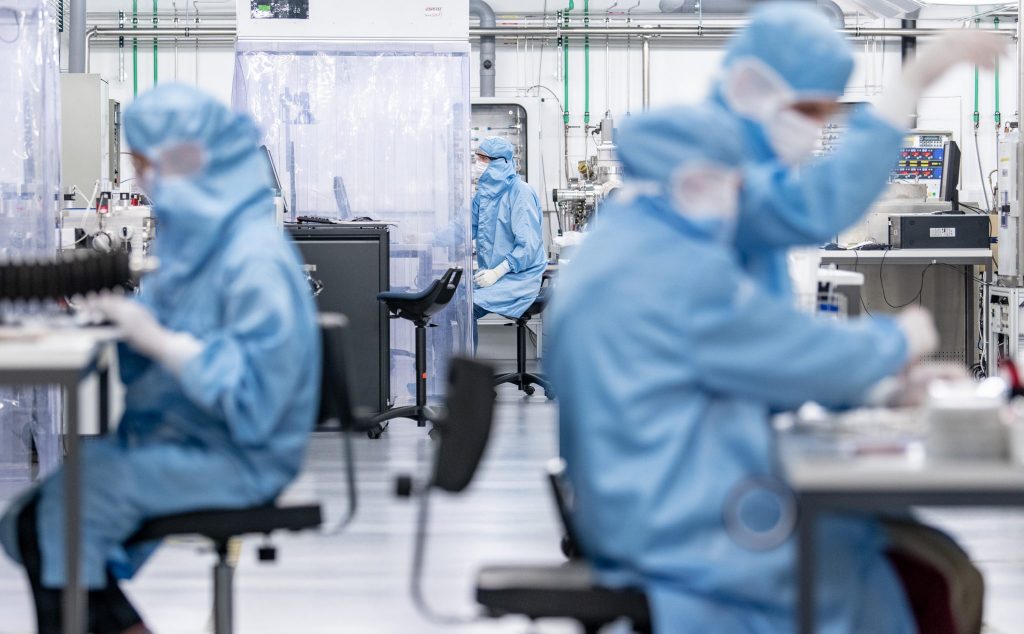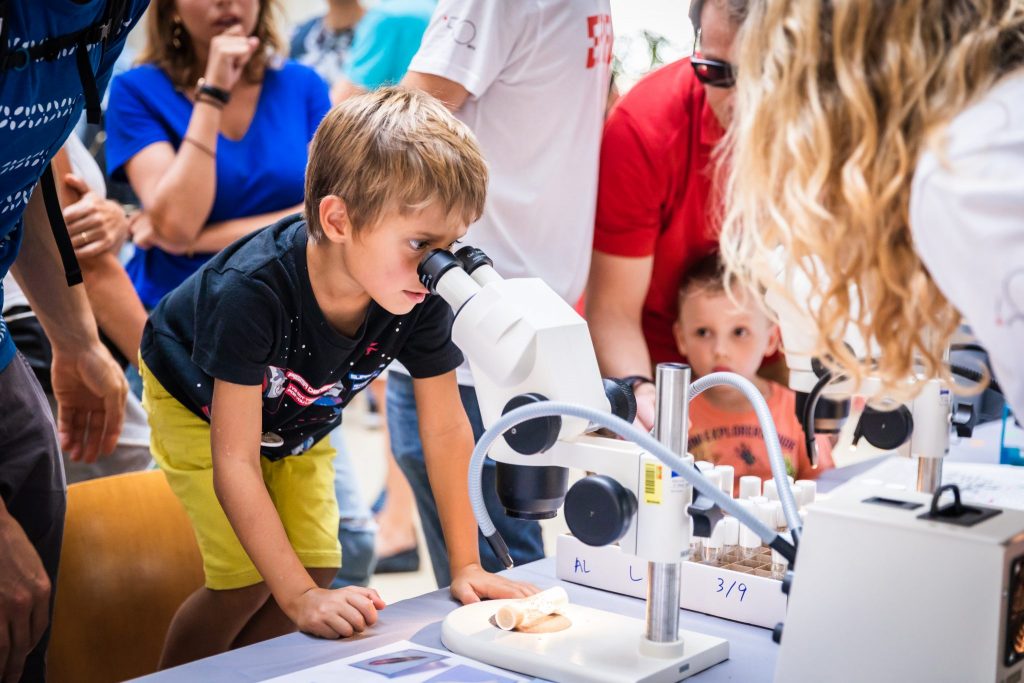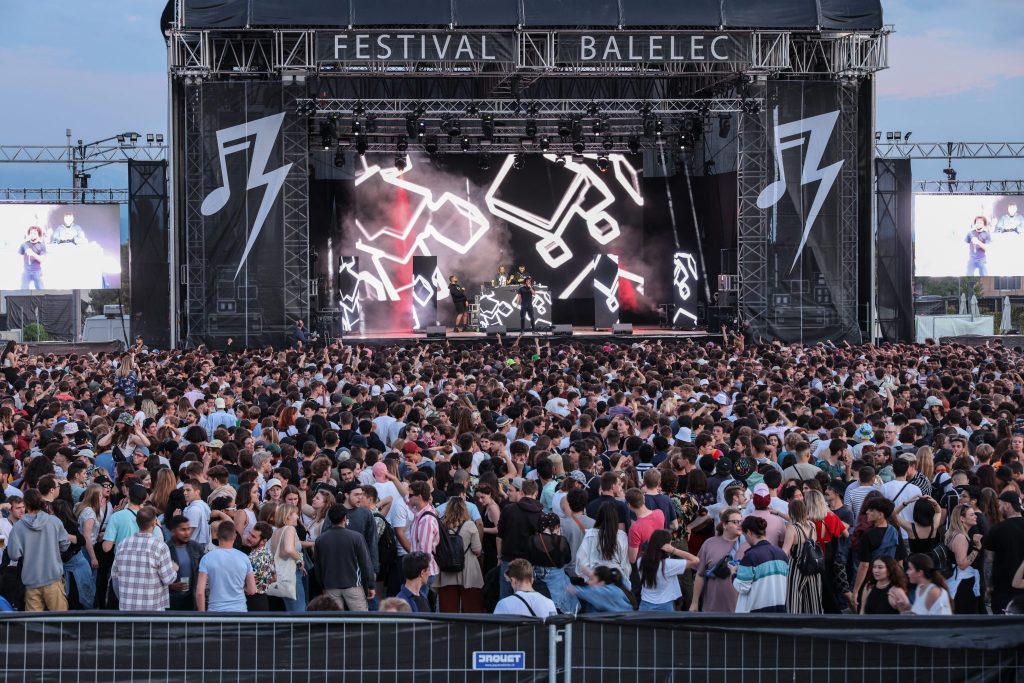1853-1889 | 1890-1968 | 1969-2000 | 2001 and later
1853–1889: Parisian inspiration
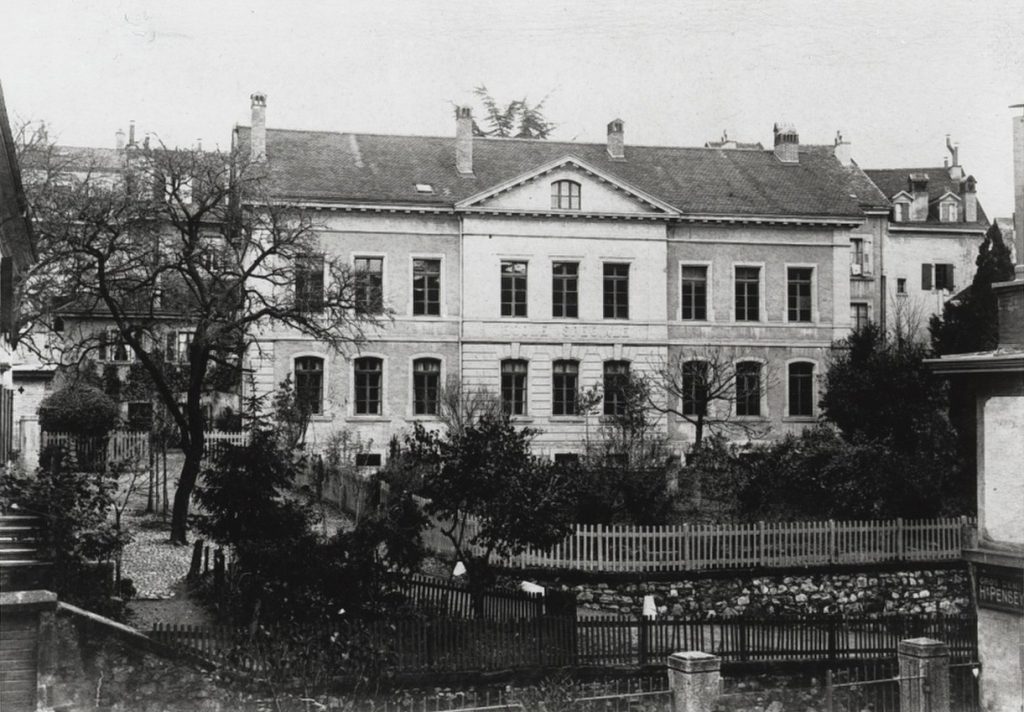
On 7 November 1853, eleven students filed onto campus for their first day of class at École Spéciale de Lausanne. The broad curriculum ranged from chemistry, physics and math to drawing, architecture and civil engineering. Inspired by École Centrale in Paris, the School’s five founders set out to “train talented engineers in Switzerland,” whose excellence and influence would extend far beyond the Vaud capital.
The private school soon earned the reputation as a “demanding, selective institution” – a testament to its caliber. The first students graduated in 1855, a few weeks before Institut Polytechnique de Zurich (present-day École Polytechnique Fédérale de Zurich) opened.
In 1869, the School was affiliated with Académie de Lausanne and became Académie de Lausanne’s technical school.
1890–1968: A university is born
In 1890, two events occurred that would shape the institution’s fate. First, the Académie acquired university status. The technical school was thus renamed École d’Ingénieurs de l’Université de Lausanne. Then, a new major in electricity was introduced. This program gave rise to numerous areas of research and academic departments a few decades later.
In 1903, the institution celebrated its 50th anniversary, with 132 students and 24 professors at the time. In 1905, it awarded one of the first – if not the first – engineering degrees to a woman, Cécile Butticaz.
Meanwhile, Adrien Palaz, the School’s director, embarked on a campaign to get the School recognized as a Swiss federal institute, to no avail. In 1943, the School tried once again to be accredited by the Swiss federal government but was refused.
The School nevertheless continued to grow over the years. In 1944, it was relocated to the former Hôtel Savoy building on Avenue de Cour, in the southern part of Lausanne. Less than two years later, the School changed its name to École Polytechnique de l’Université de Lausanne, or EPUL, as it would be known for years to come. A physics department was also created.
In 1953, the 100-year-old institution had 45 professors and lecturers and some 500 students.
1969–2000: Federal ambitions
When Maurice Cosandey took over as head of EPUL on 1 April 1963, he didn’t have a strategy so much as a firm goal: “To turn our cantonal engineering school into a federal institute.” Six years later, his efforts paid off. On 1 January 1969, EPUL officially became EPFL, or École Polytechnique Fédérale de Lausanne – Switzerland’s second federal institute of technology after ETH Zurich. That year student enrollment surpassed 1,000.
The Swiss federal government then introduced a 25-year, CHF 700 million initiative to expand and relocate the entire institution to a single, newly constructed site in Écublens-Dorigny. The first buildings on EPFL’s new campus were inaugurated in 1978, while construction continued for several more decades. More than 2000 students were enrolled in the early 1980s.
In 1991, EPFL President Bernard Vittoz oversaw the opening of the Science Park Foundation on EPFL’s campus. His groundbreaking vision was to create a research park that would foster innovation and technology transfer by bringing startups and companies close to the university campus, its researchers and its students.
2001 and later: An international reputation
Once the architecture department moved to the Écublens campus in 2001, EPFL was officially consolidated into a single site. In 2002, the School restructured and replaced its departments with large schools, in order to facilitate cross-disciplinary collaboration. The School of Life Sciences was founded and the College of Humanities was established in association with the Universities of Lausanne and Geneva. One year later, EPFL celebrated its 150th anniversary and passed the 6,000-student mark.
The 21st century also ushered in a period of expansion for EPFL across French-speaking Switzerland. The Microcity campus opened in Neuchâtel in 2009, followed by EPFL Valais Wallis and EPFL Fribourg in 2014. In 2015, EPFL was part of a joint effort to open Campus Biotech in Geneva. That same year, student enrollment reached 10,000, thanks in no small part to the university’s international reputation.
Meanwhile, efforts to expand the Lausanne campus were under way. New buildings sprung up from north to south to house schools, general services, companies and startups. The Rolex Learning Center opened in 2010. Designed by the SANAA Japanese architectural firm, the building is known for its singular structure. In 2016, ArtLab – now EPFL Pavilions – was built nearby, designed by Japanese architect Kengo Kuma. The SPOT prototyping space opened in 2022, reflecting EPFL’s growing emphasis on hands-on learning.
In 2014, the Science Park became EPFL Innovation Park. It has since grown considerably, and now employs over 2,300 people and is home to 30-odd large companies, more than 100 startups and over 75 entrepreneurial endeavors at the incubator stage.
In 2019, EPFL commemorated 50 years as a federal institute by unveiling a new logo and a new space at the center of campus, Place Cosandey, which is covered in part by the AGORA Lombard Odier structure. A number of anniversary events were held, culminating in an open house that drew nearly 40,000 visitors.
In July 2022, Maryna Viazovska, Chair of Number Theory at EPFL, was awarded a Fields Medal – a testament to her brilliance and the School’s capabilities in supporting research.
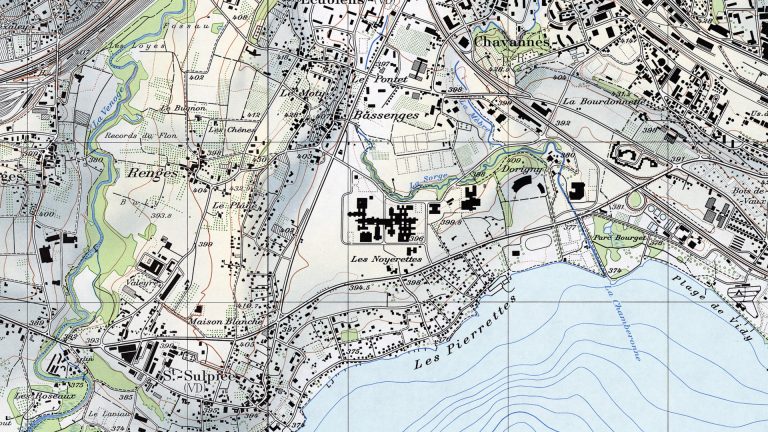
EPFL’s campus over the years
See how our Lausanne campus has grown over the years, with Swisstopo maps.
